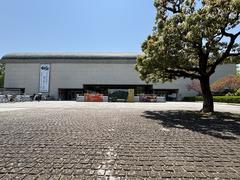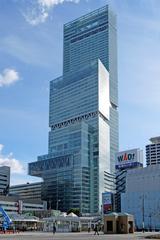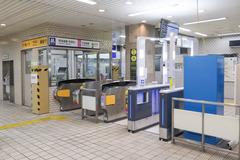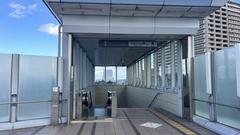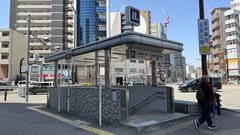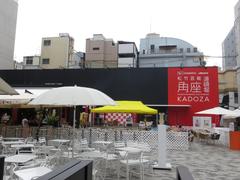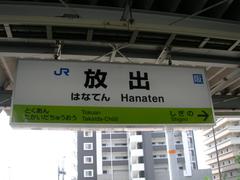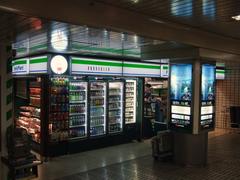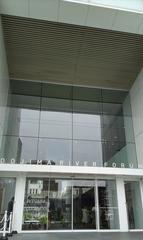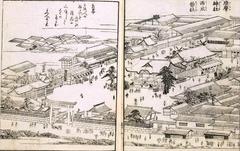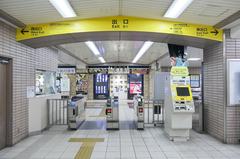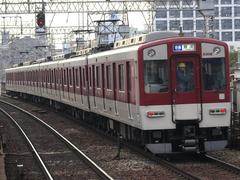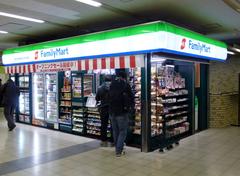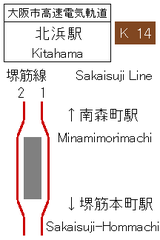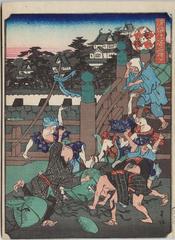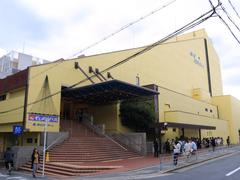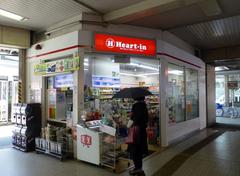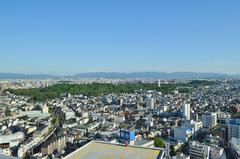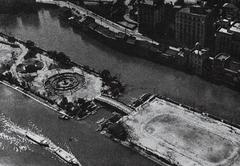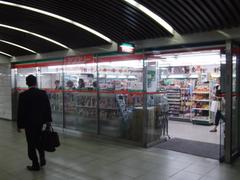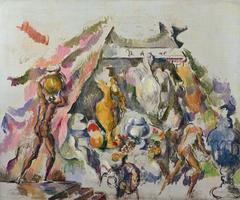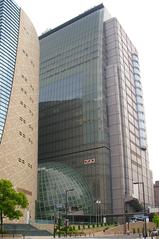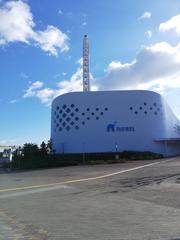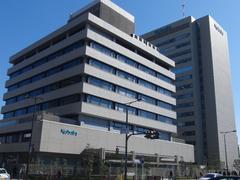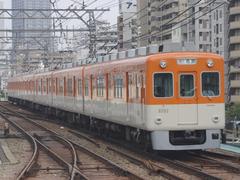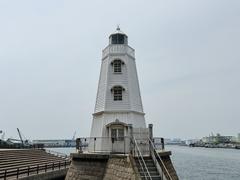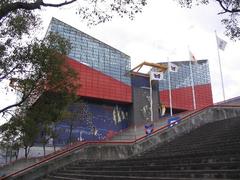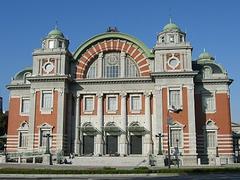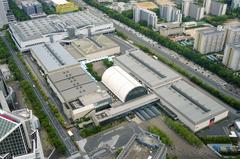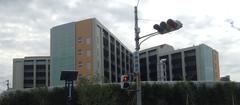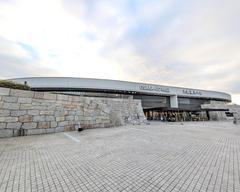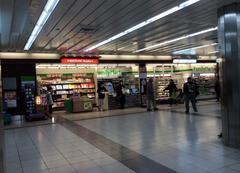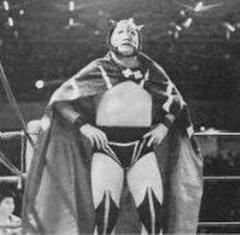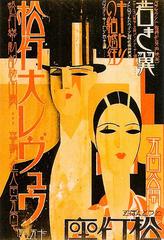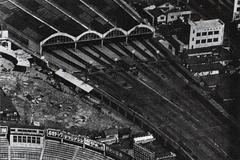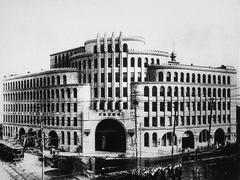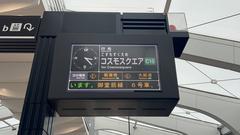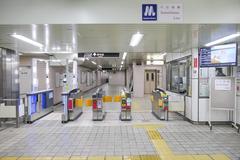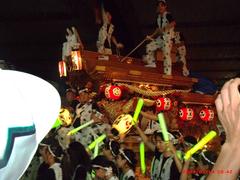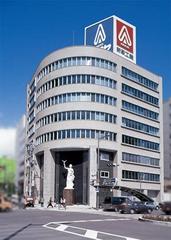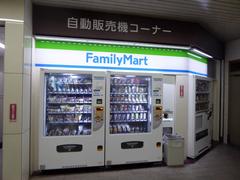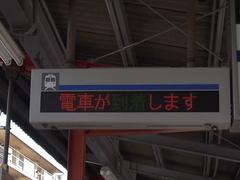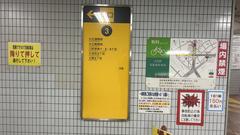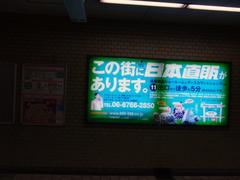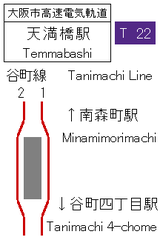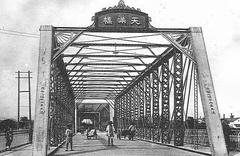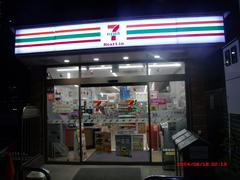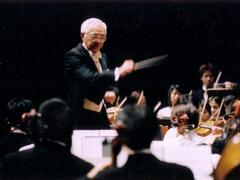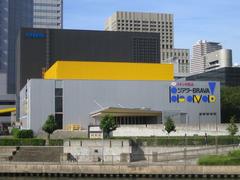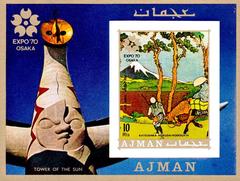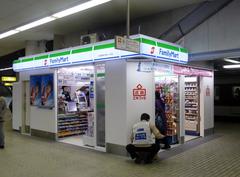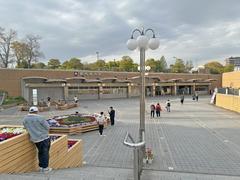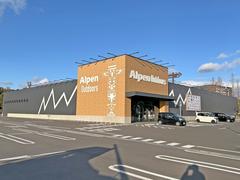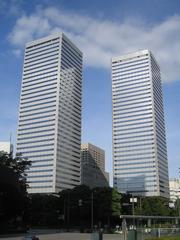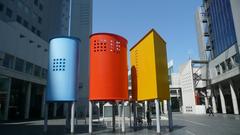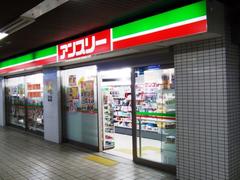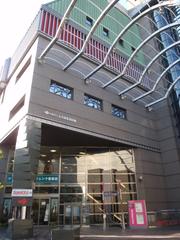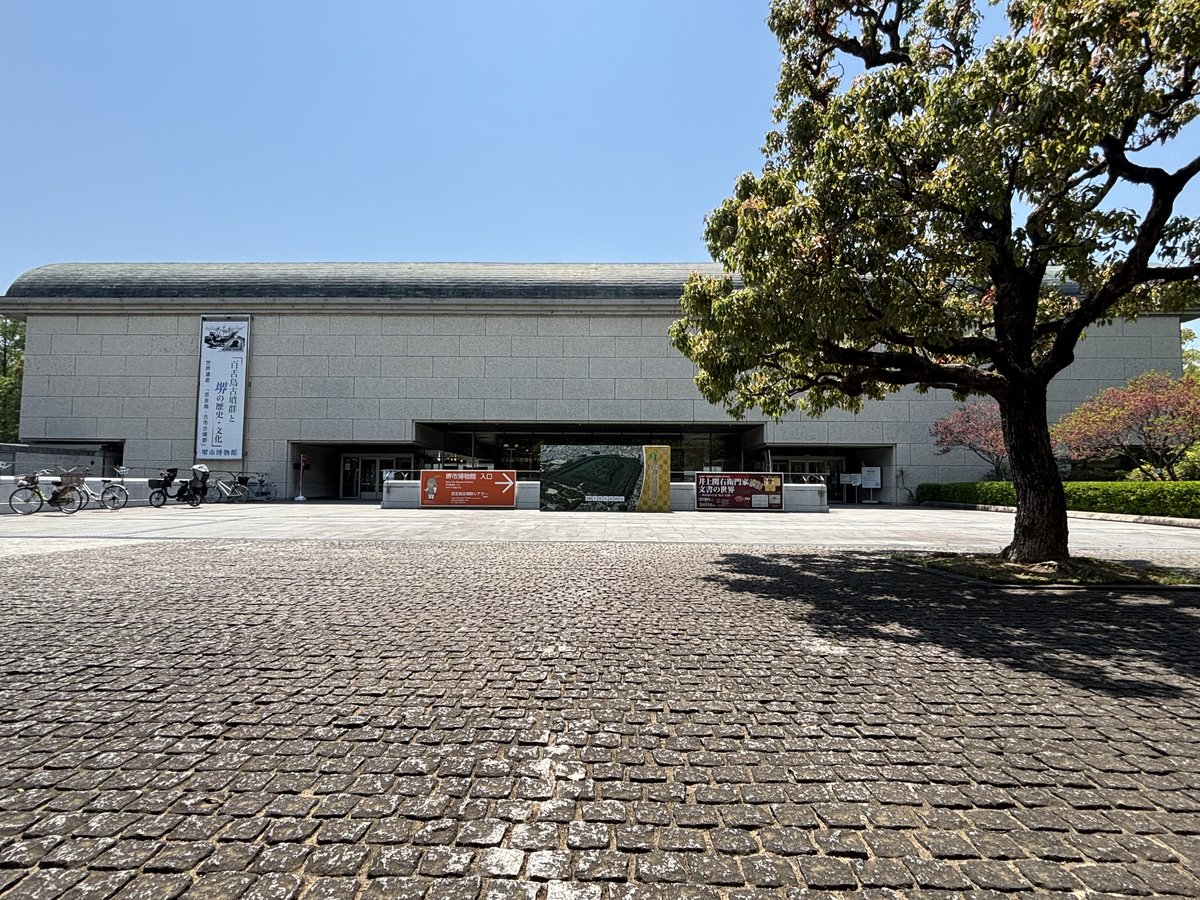
Comprehensive Guide to Visiting Sakai City Museum, Osaka-shi, Japan
Date: 23/07/2024
Introduction
The Sakai City Museum, nestled in the scenic Daisen Park in Sakai-ku, Osaka-shi, Japan, stands as a beacon of cultural and historical preservation. Established in 1980, this museum is dedicated to chronicling the vibrant history of Sakai, a city with over a millennium of cultural and political significance. Renowned for its role during the Muromachi (1336-1573) and Sengoku (1467-1615) periods, Sakai emerged as a crucial hub for trade and cultural exchange. The museum’s architectural design is a harmonious blend of traditional Japanese elements and modern aesthetics, creating a serene yet informative environment for visitors (Sakai City Museum).
The museum’s permanent exhibits provide a comprehensive journey through the city’s history, from the Kofun period (250-538 AD) known for its distinctive burial mounds, to the culturally rich Muromachi and Sengoku periods. In addition to its permanent collection, the museum hosts special exhibits and events, offering unique insights into various aspects of Sakai’s past. Educational programs, guided tours, and hands-on workshops further enrich the visitor experience, making the Sakai City Museum a must-visit destination for history enthusiasts and casual visitors alike (Japan Guide, Nippon.com).
Table of Contents
- Introduction
- Origins and Establishment
- Architectural Design
- Permanent Exhibits
- Special Exhibits and Events
- Educational Programs
- Research and Preservation
- Visitor Information
- Nearby Attractions and Travel Tips
- FAQ
- Conclusion
Origins and Establishment
The Sakai City Museum was established in 1980 to celebrate and document the rich history of Sakai, a city with over a thousand years of cultural and political significance. Particularly notable during the Muromachi period (1336-1573) and the Sengoku period (1467-1615), Sakai has been a hub for trade and culture. The museum’s creation was part of a broader effort to preserve this historical legacy.
Architectural Design
The museum’s building is a testament to modern Japanese architecture, designed to blend seamlessly with the surrounding Daisen Park. It combines traditional Japanese design elements with contemporary techniques, creating a space that is both functional and aesthetically pleasing. The layout guides visitors through a chronological journey of Sakai’s history, from ancient times to the modern era.
Permanent Exhibits
Kofun Period
One of the most significant periods in Sakai’s history is the Kofun period (250-538 AD), known for its distinctive burial mounds called kofun. The museum houses an extensive collection of artifacts from this era, including haniwa (terracotta clay figures) and various burial goods. The centerpiece of this exhibit is the model of the Daisen Kofun, the largest kofun in Japan and the resting place of Emperor Nintoku. This exhibit provides invaluable insights into the funerary practices and social structures of ancient Japan.
Muromachi and Sengoku Periods
The Muromachi and Sengoku periods were times of great political upheaval and cultural flourishing in Sakai. The museum’s exhibits from these periods include samurai armor, weapons, and documents that highlight Sakai’s role as a hub of trade and culture. Sakai was known for its production of high-quality swords and firearms, and the museum’s collection includes some of the finest examples of these crafts. Additionally, the museum features exhibits on the tea ceremony, a cultural practice that flourished in Sakai during these periods.
Special Exhibits and Events
The Sakai City Museum regularly hosts special exhibits and events that focus on various aspects of Sakai’s history and culture. These exhibits often feature artifacts on loan from other museums and private collections, providing visitors with unique opportunities to see rare and significant items. Recent special exhibits have included displays on the history of Japanese ceramics, the development of Sakai’s port, and the influence of Western culture on Sakai during the Meiji period (1868-1912).
Educational Programs
The museum is committed to education and offers a variety of programs for visitors of all ages. These include guided tours, workshops, and lectures on topics related to Sakai’s history and culture. The museum also collaborates with local schools to provide educational resources and field trip opportunities. These programs are designed to engage visitors and deepen their understanding of Sakai’s rich cultural heritage.
Research and Preservation
In addition to its role as a public museum, the Sakai City Museum is also a center for research and preservation. The museum’s staff includes historians, archaeologists, and conservators who work to study and preserve Sakai’s cultural artifacts. The museum’s research has contributed to a greater understanding of Sakai’s history and has been published in various academic journals and books. The museum also collaborates with other institutions, both in Japan and internationally, to share knowledge and resources.
Visitor Information
Hours and Admission
The museum is open from 9:30 AM to 5:15 PM, with the last admission at 4:30 PM. It is closed on Mondays (or the following day if Monday is a national holiday) and during the New Year holidays. Admission fees are as follows:
- Adults: ¥200
- High School and University Students: ¥100
- Elementary and Junior High School Students: Free
Special exhibits may have separate admission fees.
Location and Access
The Sakai City Museum is located in Daisen Park, a large public park that is also home to several other cultural and recreational facilities. The museum is easily accessible by public transportation, with the closest train station being Mozu Station on the JR Hanwa Line. From the station, it is a short walk to the museum.
Facilities and Services
The museum offers a range of facilities and services to enhance the visitor experience. These include a museum shop, a café, and a library with a collection of books and periodicals on Sakai’s history and culture. The museum is fully accessible to visitors with disabilities, with ramps, elevators, and accessible restrooms available.
Nearby Attractions and Travel Tips
While visiting the Sakai City Museum, consider exploring nearby attractions such as the Nintoku-ryo Tumulus, another significant kofun site, and the Sakai Plaza of Rikyu and Akiko, dedicated to the famous tea master Sen no Rikyu and poet Yosano Akiko. These sites offer a deeper understanding of Sakai’s historical and cultural significance.
FAQ
Q: What are the Sakai City Museum’s visiting hours? A: The museum is open from 9:30 AM to 5:15 PM, with the last admission at 4:30 PM.
Q: How much are the tickets for the Sakai City Museum? A: Admission fees are ¥200 for adults, ¥100 for high school and university students, and free for elementary and junior high school students.
Q: How can I reach the Sakai City Museum? A: The museum is easily accessible by public transportation, with the closest train station being Mozu Station on the JR Hanwa Line.
Q: Are there any nearby attractions to visit? A: Yes, nearby attractions include the Nintoku-ryo Tumulus and the Sakai Plaza of Rikyu and Akiko.
Conclusion
The Sakai City Museum is a vital institution for preserving and sharing the rich cultural heritage of Sakai. Its extensive collections, educational programs, and research efforts make it a must-visit destination for anyone interested in Japanese history and culture. Whether you are a history enthusiast, a student, or a casual visitor, the museum offers a wealth of knowledge and a memorable experience. For more information, visit the Sakai City Museum’s official website.
Stay updated with the latest events and exhibitions by following us on social media or downloading the Audiala mobile app.
References
- Sakai City Museum, 2024, Sakai City Museum
- Japan Guide, 2024, Japan Guide
- Nippon.com, 2024, Nippon.com
- Osaka Info, 2024, Osaka Info
- UNESCO, 2024, UNESCO
